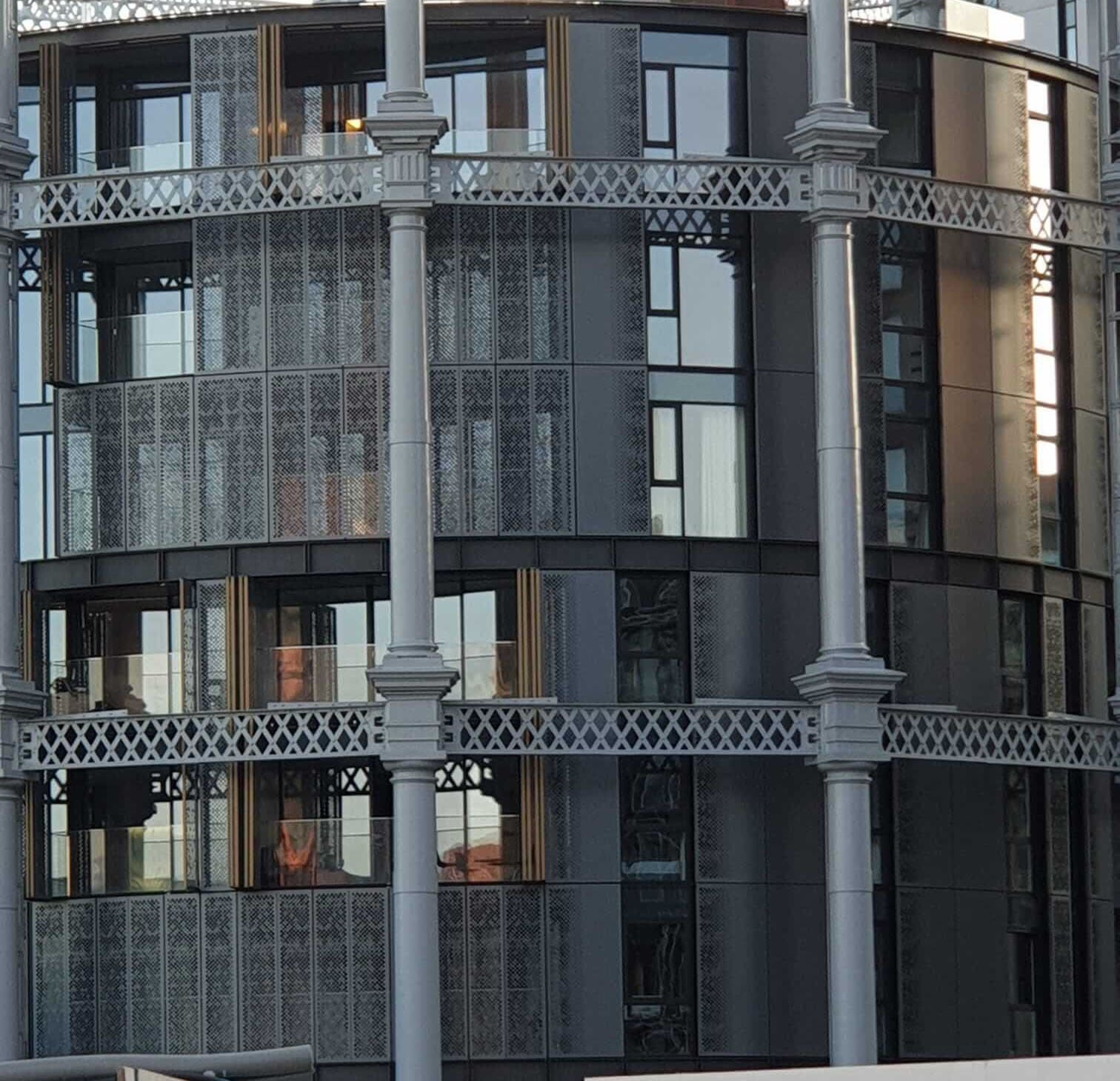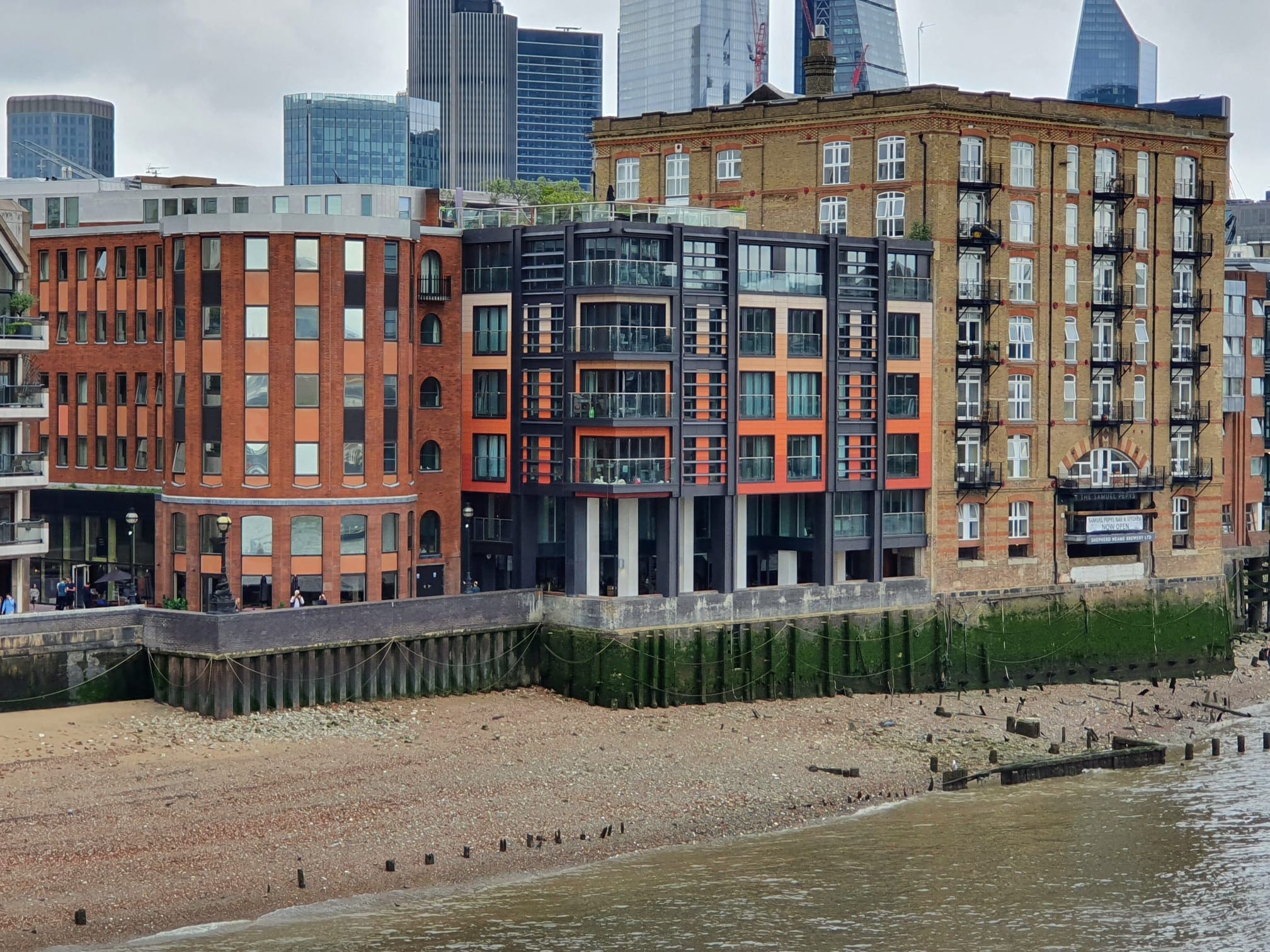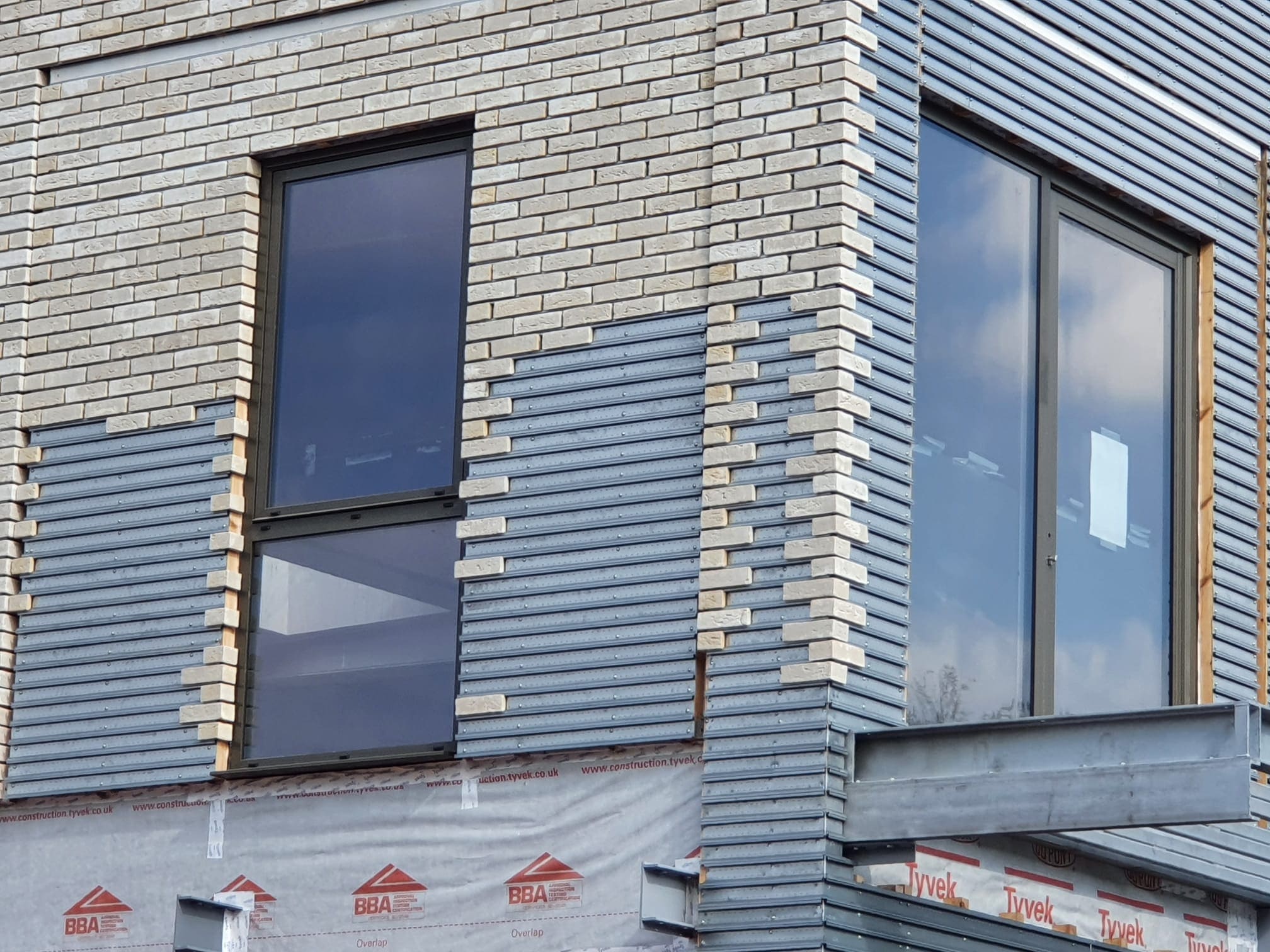 914
914
 0
0
A New Insurance Scheme to Encourage Sale of Flats in High-Rise Buildings
The fallout from the Grenfell Tower fire tragedy of 2017 has affected the sale of flats in high-rise buildings in the UK. Sales plunged quickly as mortgage lenders were reluctant to do business with buyers of apartments in high-rise buildings (generally those being over 5 stories). In response, the Government Actuals Department (GAD) has helped develop an insurance scheme for high-rise building assessments. Not that this will put sales prices back where they once were until buildings are fully remediated.
The EWS1 Process
In December 2019, the Royal Institution of Chartered Surveyors formed a group of leaders from the mortgage lending industry and introduced the External Wall System (EWS1) assessment process. It was aimed at addressing the concerns of mortgage lenders that these flats would not signify solid security and that owners could be liable for remediation costs. With this assurance, the intention was that the mortgage industry would have some assurance as to the real risks of high-rise buildings with cladding and therefore that they could start supporting buyers again. However, the EWS1 saga has had many twists and turns along the way with grey areas, changes in advice, and moving parameters all in attempts to try to balance the needs of a buoyant sales market with potentially dangerous buildings.
An EWS1 assessment must be carried out by an experienced professional and classifies a building as either: A1, A2, A3 or B1, B2. Generally, any building that received a B2 needs urgent remediation work causing a problem for the lender. Following, many authorized professionals discovering they could not acquire professional indemnity insurance to cover their assessments the Department for Levelling Up, Housing and Communities (DLUHC) proposed a professional indemnity insurance scheme backed by the government for EWS1 assessments to cover this problem. The GAD helped in the designing and pricing of the scheme. According to the GAD project leader, the estimated costs of recouping the expected claims and operational expenses will be around 100 million. However, it is tough to put a realistic limit on the total size of claims that could be made.
The Governments Moves
On its part, the government has tied up with an insurer to oversee the implementation of insurance policies and their issuance to qualified professionals. Currently, theres a massive shortage of insurance companies providing professional indemnity cover to firms undertaking assessments of external wall systems in high-rise residential buildings. This in turn has aggravated the problem of buyers, who are unable to obtain the necessary documents and certification needed to secure a mortgage in specific segments of the property market. According to Lord Stephen Greenhalgh, the Minister of State for Building Safety and Fire, the government is taking more decisive action to deal with the problem of lenders being over-cautious during the lending process and identifying fire risks. Our new indemnity scheme will give EWS-1 assessors the confidence they need to exercise their professional judgment and take a more proportionate approach towards their assessments. This is on top of the nearly 700,000 in funding weve delivered to train more assessors, and Im very much looking forward to seeing the real-world impact of this effort. Lord Greenhalgh added.
GADs Role
GAD has been playing a pivotal role in providing extensive support to DLUHC since 2020. They are helping DLUHC in the designing and pricing of the scheme. They also advise DLUHC on the level of premiums needed to recoup the expected claims and operating costs. According to government sources, the new insurance scheme will be launched in September 2022 and will encourage the sale of flats in thousands of high-rise buildings.




Meet our Expert Property Commentators



























